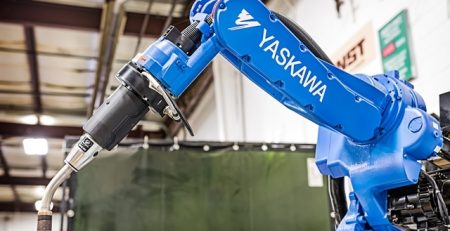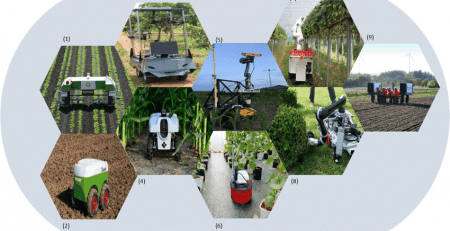Why should you purchase an AGV system?
Using AGVs in warehouses has taken off in the last few years. This can be explained by the fact that AGVs allow you to improve the efficiency of equipment handling and in this way increase productivity gains. Advantages of an AGV system include:
- Optimal operation 24/7:
- As they don’t have a driver, AGVs can operate every day and even at night.
- It is simply necessary to provide for the time required to recharge the battery between operations.
- Guaranteed safety for processes, loads and people:
- As the AGV follows a programmed path, the movement is controlled from the beginning to the end of the process. This makes it possible to better control shipments and the traceability of transported products in real time.
- An AGV is equipped with safety devices that prevent it from running into operators on its path.
- An AGV has an accuracy of around 10 mm, which allows precise positioning of the load and prevents damage being caused to transported products during manual handling.
- Equipped with detection and safety sensors, AGVs are designed to stop in front of an obstacle and thus avoid collisions.
-
- Improvement of operators’ working conditions and reduction of MSDs (Musculoskeletal Disorders):
- AGVs relieve human operators by performing the arduous and repetitive tasks of handling heavy loads for them.
- Operators can then be assigned to tasks where their contribution adds real value.
- Reduced production costs:
- AGVs enable the efficient, safe and inexpensive transport of products and they reduce labor costs.
- All this allows you to quickly increase your ROI.
- AGVs can also operate in areas that are difficult for humans to access due to extreme temperatures or hazardous materials, for example.
- An AGV is an automated solution that’s easy to introduce: if you only want to automate a small part of your production, you can deploy a single AGV and not an entire automation system.

There are, however, also disadvantages to AGVs that should be considered:
- They don’t operate optimally outdoors. For example, wet or uneven ground can disrupt an AGV’s movement.
- AGVs are not suitable for non-repetitive tasks.
- They are less flexible than an operator, who can change tasks if production requires it, while an AGV is limited to its own task.
Sounce: http://guide.directindustry.com/















